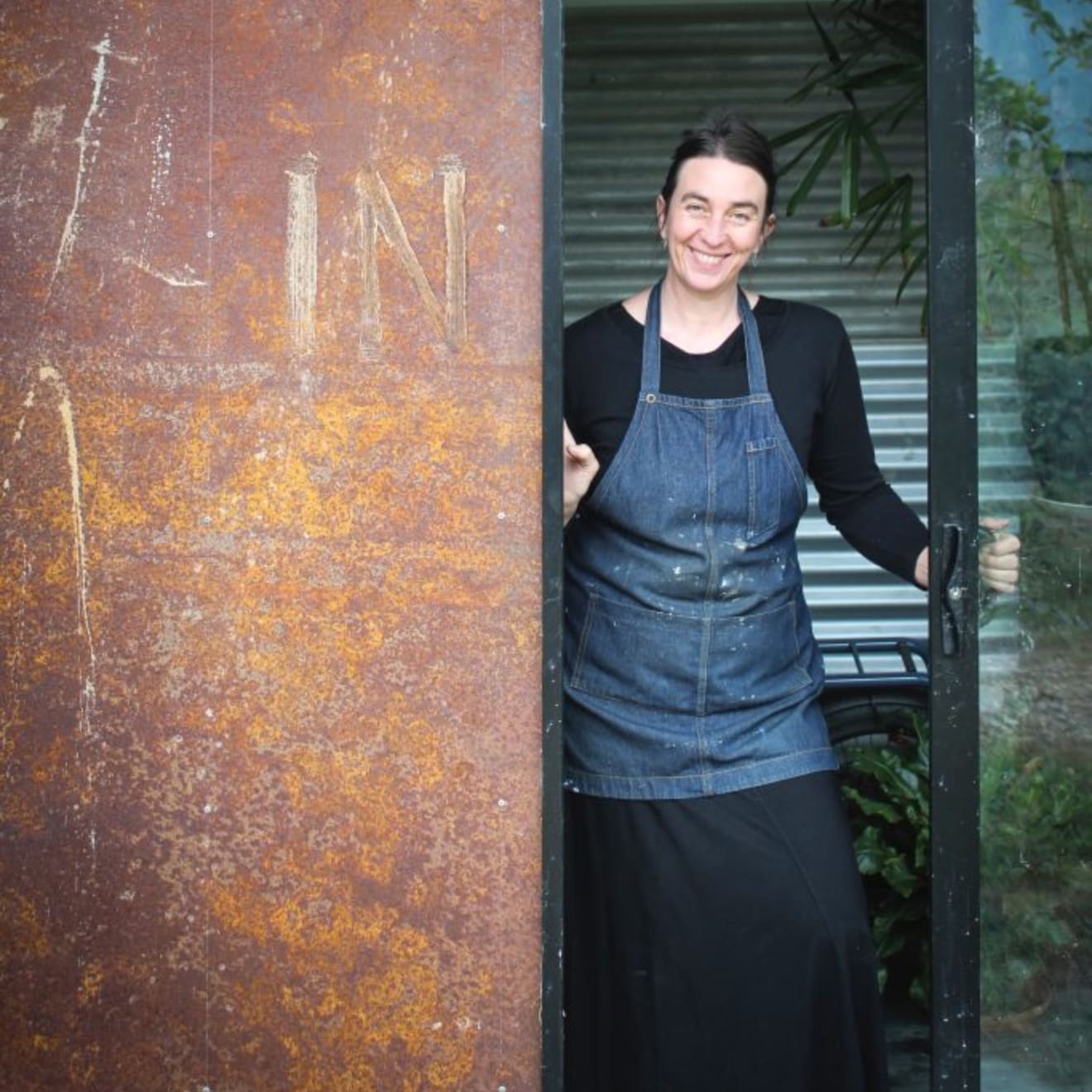-
Artworks
Zoe Amor
Zoe Amor explains… ‘At the front of each notebook for studio musings, I include quotes that strike a chord with my work, imagination or whatever state I’m in when I find them: “What would happen if one woman told the truth about herself? The world would split open”- Muriel Rukeyser.
This poet held a visionary belief in the human capacity to create social change through language. I think it would be helpful for male artists, and in fact let’s just say all humans to contemplate questions on the influence of women and how they shape the world. The quote appearedin the essay The Semiotics of Sex where Jeanette Winterson asks: “How much can we imagine? The artist is an imaginer. The artist imagines the forbidden because to her it is not forbidden. If she is freer than other people it is the freedom of her single allegiance to her work.”
Like a sumptuous degustation prepared and shared over many hours with loved ones; Art Objects: Essays on Ecstasy and Effrontery is completely delicious in every way - intellectually, artistically, psychologically, materially, politically, emotionally – and while it challenges conventions it is the kind of poeticgenius you want on hand when looking for recipes to shape, restore and re - form the world as we would like it to be.
[Poet: Middle English: from Old French poete, via Latin from Greek poētēs, variant of poiētēs ‘maker, poet’, from poiein ‘create’] [Genius: late Middle English: from Latin, ‘attendant spirit present from one's birth, innate ability or inclination’, from the root of gignere ‘beget’] [Reform: Middle English (as a verb in the senses ‘restore (peace)’ and ‘bring backto the original condition’): from Old French reformer or Latin reformare, from re- ‘back’ + formare ‘to form, shape’. The noun dates from the mid17th century.
These musings on the power of imagination, clarity of purpose, the human spirit free; on art as a shared human connection that ‘traces the possibilities of past and future in the whorl of now’ and how it works as a force to unite people; offering an alternative paradigm and vision that does not revolve around the ego but instead around the planet and its inhabitants – a matrixial, symbiotic view of the biospheres – the places where life dwells. “We learn early how to live in two worlds; our own and that of the dominant model, why not learn how to live in multiple worlds? The strange prismatic worlds that art offers?” Jeanette Winterson’.
